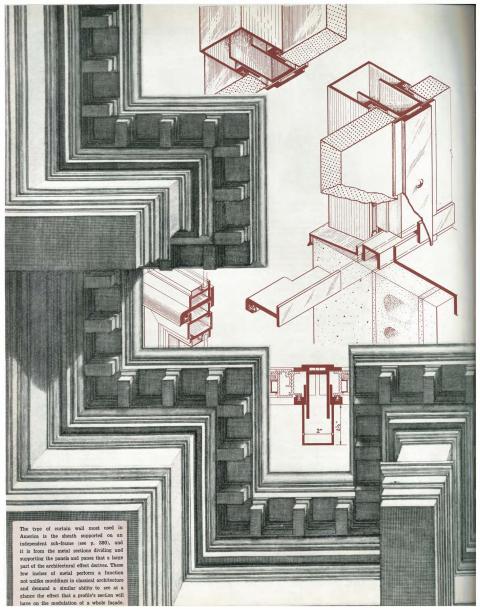Speaker
Andreas Putz
Scrap or Spoils of Modern Times? Losing the Heritage of Steel Architecture.
Steel is valuable. The recycling rate is 70%, globally, no other material gets recycled more. Architecture in steel that does not become scrap has, however, a greater value. Even if ancient ruins were used like quarries to cut marble, we are more pleased about the columns that have been reused as spolia. Not unlike the mouldings in classical architecture, the metal profiles dividing and supporting the panels and panes of curtain wall facades provide modulation. And not unlike the classical orders, the constructive details of steel architecture convey syntax and grammar.
In fact, modern architecture is not as ephemeral, temporary, fashionable, transient, or impermanent as it is often accused of being. For its best structures, the classics served as point of reference. As Mies once said, "The purpose that the building serves is constantly changing, but we cannot afford to tear it down." Especially in modern steel architecture, the demand for consistency of form, even in the face of changing usage, is embodied.
But why then are these structures being scrapped today? Even if, as in the case of Rouge Ekkehard Fahr's late addition to Munich's main railway station, they were specifically created on the premise to be remodeled and reused. The spoils not harvested should be a warning for similar intentions today.
CV
Andreas Putz graduated at ETH Zürich in 2007. In 2015, he completed his doctoral thesis at ETH Zürich. He has worked as an architect first in Basel and later in Dresden. From 2009 onwards he was in charge of the conversion of Erich Mendelsohn's former Schocken department store in Chemnitz. In 2018, he was appointed Professor of Recent Building Heritage Conservation at TUM.
His comprehensive research on recent building heritage has been funded amongst others by the ERC, DFG and BBSR. His more recent publications discuss alternative approaches to the repair and reuse of post-war office high-rises.





